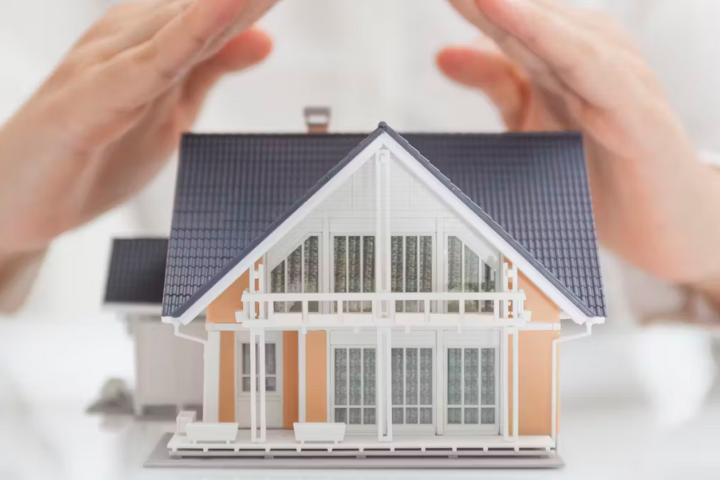In Terrebonne Parish, where 94% of homes lost power after Hurricane Francine’s landfall on Thursday, the damage could be especially devastating for many. Nearly a quarter of the 31,000 homeowners in this coastal community live without homeowners insurance, one of the highest uninsured rates in the nation.
Hampers Recovery Efforts After Natural Disasters
Nationwide, 13.4% of homeowners, or roughly 1 in 8, lack homeowners insurance, according to a recent NBC News analysis of Census Bureau data. Experts warn that the sharp increase in uninsured households over the past five years is concerning, as it significantly hampers recovery efforts following natural disasters.
The proportion of uninsured homeowners is highest in the South, where 15.7% either have no insurance at all or pay so little that experts believe their policies offer inadequate protection. This creates a double challenge in a region where households are often less financially equipped to handle severe climate events, yet are more likely to face them.
Under-insurance rates tend to be higher in counties with majority-minority populations. In counties where Native American and Native Alaskan residents make up the majority, 22% of homeowners are uninsured, while 14% of homeowners are uninsured in counties with majority-Black populations.
“Not having insurance at all is just the worst-case scenario, especially if you still have a mortgage. If you’re someone who can’t afford to pay your policy, you’re not someone who can afford to assume more risk. It’s a double-edged sword,” said Shannon Martin, an insurance analyst at Bankrate.
Census data reveals how many homeowners pay less than $100, or nothing, for homeowners insurance. According to Martin, this range includes households that either lack insurance altogether or are so underinsured that the outcome is effectively the same.
“How Do I Feed My Children”
The Census Bureau survey from last year found that 20.8% of homeowners without mortgages lack adequate homeowners insurance. Among those with mortgages, 8.5% are also without meaningful coverage. Despite banks requiring mortgage holders to have homeowners insurance, coverage gaps can still occur.
“If you’re looking at how do I feed my children, how do I pay for their clothes versus paying your insurance, it’s a no-brainer,” Martin stated.
On a larger scale, uneven recovery efforts can exacerbate existing inequalities. “There will be many difficult decisions to make about who gets bailed out and who doesn’t,” said Daryl Fairweather, Redfin’s chief economist. “And communities that tend to have more money, that are more valuable, are better able to lobby their politicians to help them.”
This could also further aggravate the housing cost crisis. “We have a shortage of homes,” Fairweather stated. “As long as there’s a shortage, the homes that are spared [from natural disasters] will become even more valuable.”





GIPHY App Key not set. Please check settings